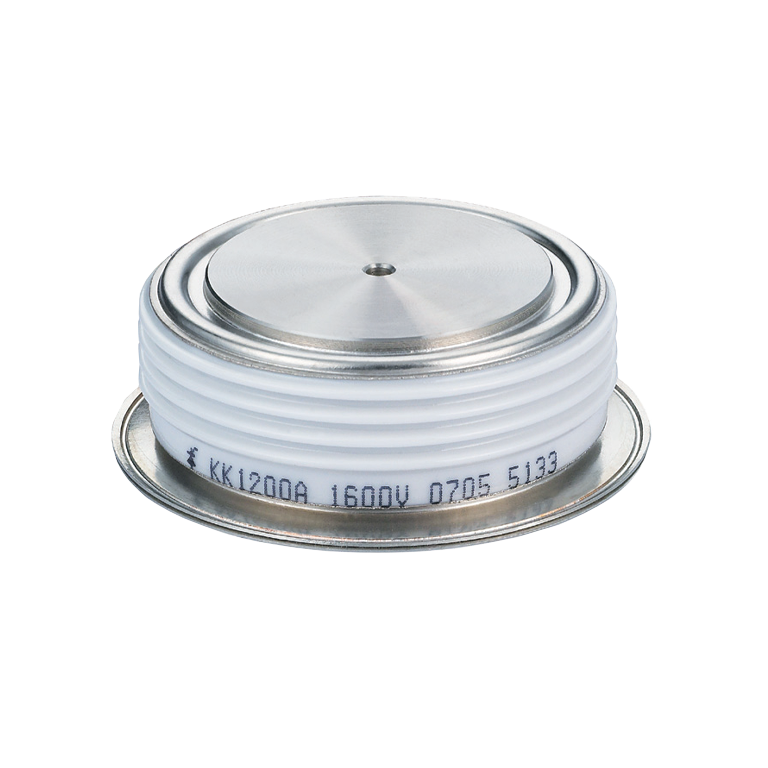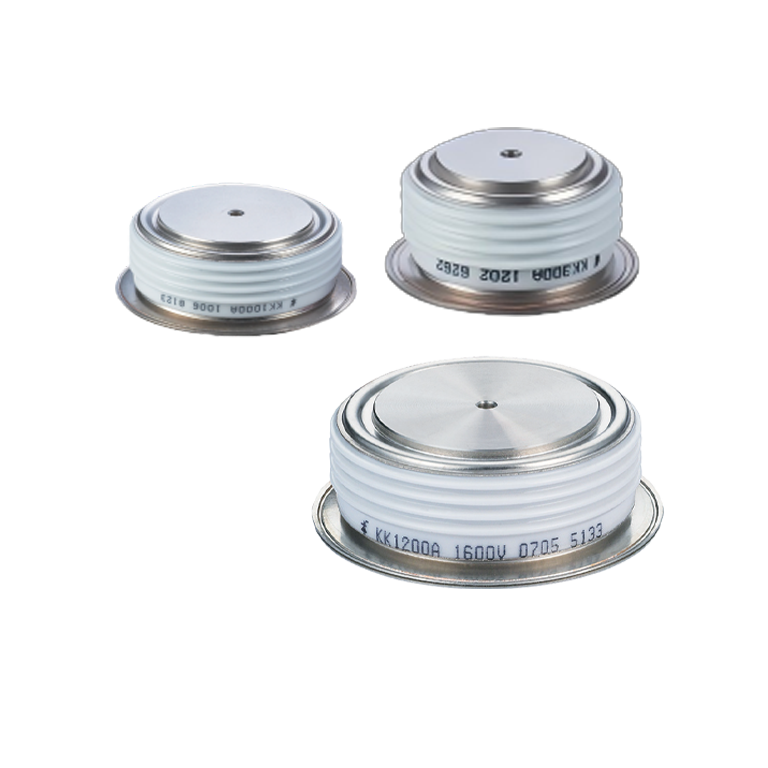resistance spot welding
Resistance spot welding is a highly efficient and widely-used process in the manufacturing industry for joining metal parts. The main functions of this process include creating a strong, permanent bond between metal sheets without the need for additional materials like solder or adhesives. Technological features of resistance spot welding include the use of two copper electrodes that press the metal sheets together and pass an electric current through them, generating heat at the contact point. This heat melts the metal, forming a weld nugget as the metal cools and solidifies. Applications of resistance spot welding are extensive and include automotive manufacturing, aerospace, electronics, and household appliances, among others, making it an indispensable technique for many industries.


